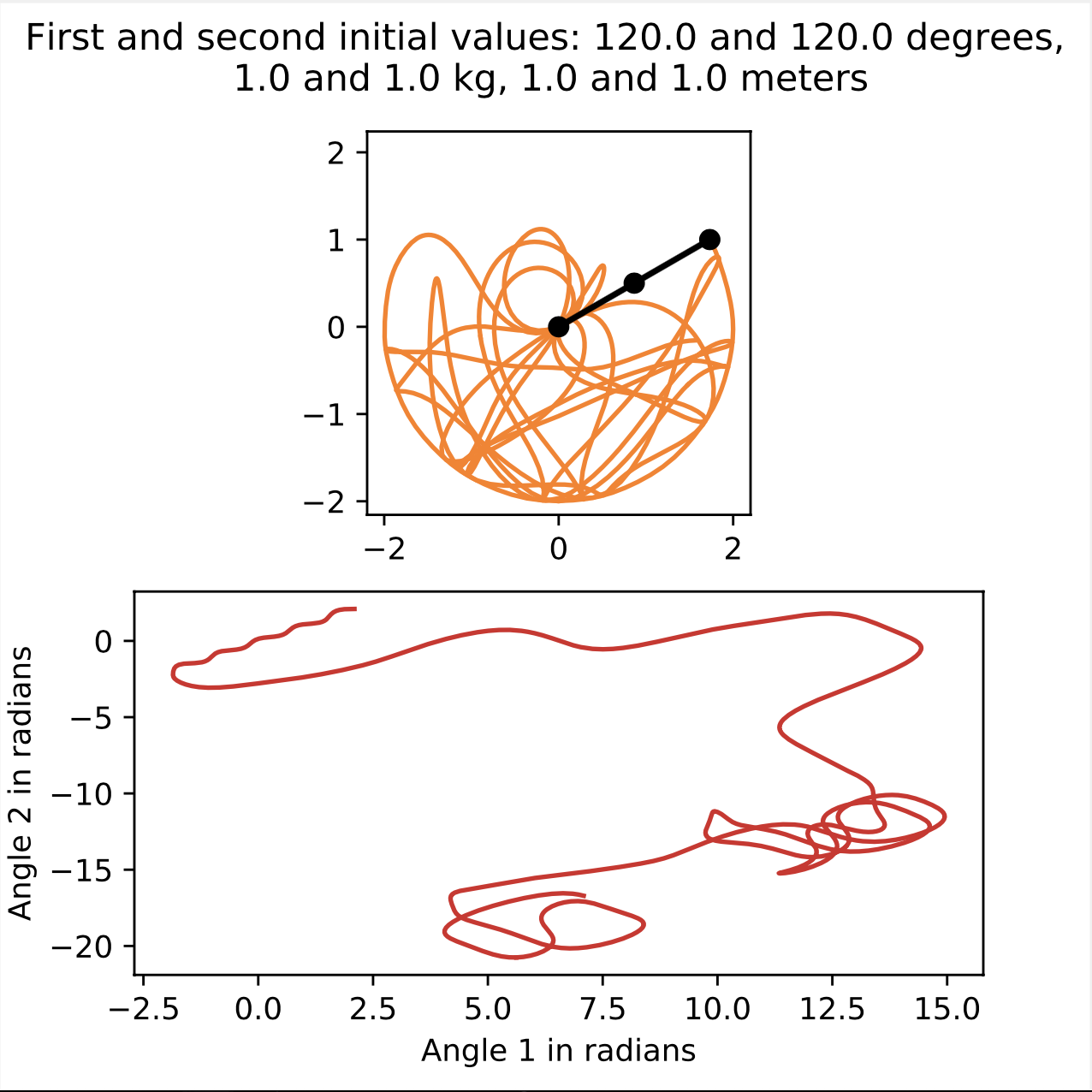GrowF
Grow Function: Generate 3D Stacked Bifurcating Double Deep Cellular Automata based organisms which differentiate using a Genetic Algorithm...
TLDR; High Def Living Trees that you can breed, trim and mint as NFTs on Solana, Ethereum, Cardano and other blockchain networks.
This demo represents the current state of the codebase. If anyone wishes to join this project, please contact or fork.
Written in Python using the Blender Library
Current state of development https://www.youtube.com/watch?v=BUarQzuhj1c
Installation
- Install Blender if you don't already have it
- Open treegen.blend
Once opened, you can generate whatever tree is currently there by default by going to the scripting tab, opening tree.py and pressing the Run button
The Metaverse Needs Trees
Let's Face it, it's hard to model trees that are realistic in any 3D modeling platform. Much less, make them lowpoly or high poly, or ready for video games or kinematics and physics. But if you think about it, it's hard to make believable trees because trees are grown, not sculpted by nature. They the results of a bunch of growth patterns that came together to form what we categorize as trees or even any type of plant. The bifurcation structure of a tree is everywhere. You needen't go as far as looking at the human nervous system, or in the structure of folders in your computer, to see that same tree organization. Imagine having a tree that you can plant on top of a structure like a stone sculpture in VR and watch it's roots eating through the walls and stone in hyper-real time. Imagine breeding trees to be a specific color or give a specific type of fruit, or growing them in zero gravity. Imagine planting a garden and watching your plants and trees grow together over time and generations.
We Have the Technology
Recent developments in the fields of Cellular Automata and Genetic Algorithms have led to the possibility of growing living organisms in higher dimensions. Many projects like Lenia, The Life Engine and even VR games like Playne, and Inward have made a big deal of living organisms in games and tech culture. These living organisms can behave like bacteria, like larger soft-bodied oganisms, or like Trees. On a scientific level, there exist virtual living ecosystems of over 500,000 plants in simulations like the ones seen in the paper "Synthetic Silviculture: Multi-Scale Modeling of Plant Ecosystems". These large or multi-scale simulations are focused on larger scale simulations, creating realistic, yet estimated details, (albeit through rigorous scientific analysis to approximate reality).
But that begs the question, how high definition can one go in creating growing 3D systems? Can cell differentiation be accquired by genetic algorithm in new and spontaneous ways which account for ecosystem? This project aims to advance toward answering those questions, starting with what we think will end up being hi-res tree models, but could end up as anything.
I think it's possible to go to infinite resolution by making a growth protocol that is forward compatible, so that the computers of the future which operate on orders of magnitude of higher parallelism can show the same tree you minted in 2022, in much higher detail.
The Blockchain? Why?
Well, trees, and other living virtual organisms can be owned. The 3D Models of their life progression can be included in games using Non-Fungible Tokens (NFTs). If you can own any unique digital item, why not own a tree that you have bred, or trimmed, or simply that you found in a VR game somewhere. Think about trimming, or when trees bear fruits that have specific properties or visual peculiarities. Each branch of the tree can be removed, the fruits or leaves, (or whatever ends up growing on a bifurcation) can be separated from the tree, recorded as removed in the tree's history (affecting it's model forever). Just like with real trees, the seeds in those fruits can be minted and given to friends or sold, reflecting the value that you have added to the tree by planting and growing it somewhere in the Metaverse. It could end up seeding virtual forests, or being used as CG set pieces in movies or video games depending on who buys it from you.





